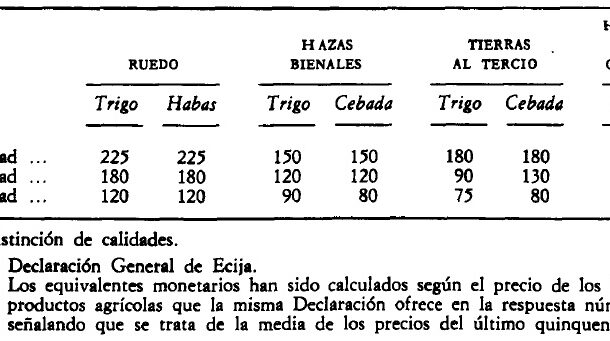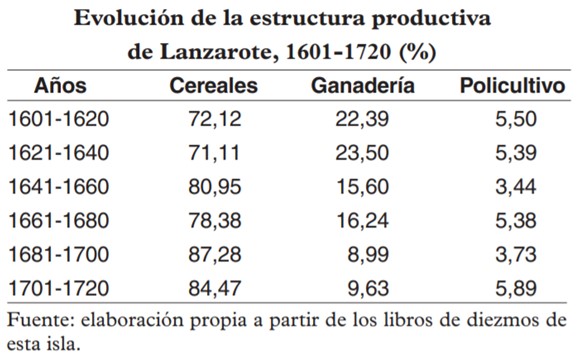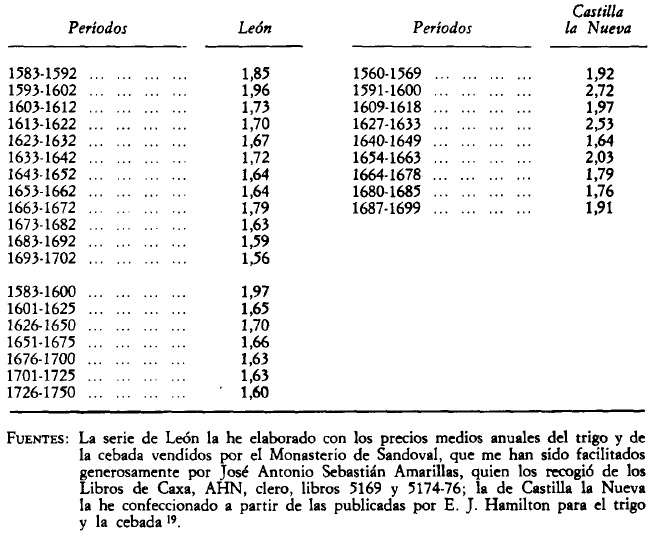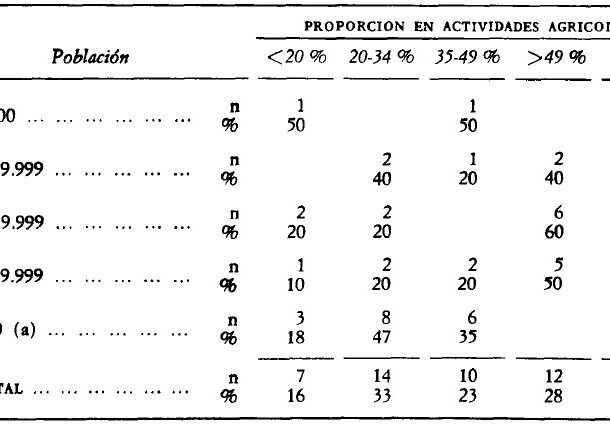
The growth of Ecija led it to become a town of second rank within the southern urban network, serving as a connecting element between the large cities and the rural areas. Despite the importance of the agricultural sector, where craftsmen were involved in the processing of cotton introduced at the beginning of the 18th century in the market gardens, the craftsmen made up an important group divided into nine sectors. In order to determine the overall data, the table shows the total income of each sector, taking into account the annual salaries at a rate of 120 days per year, the yield of the artisans’ shops (if any) and the machinery (mills, ovens, fulling mills, presses…). The largest contingent is that of workers in the textile sector, which represents 32.05%, followed by extractive works with 19.64% and tanneries with 12.13%. These three sub-sectors account for two thirds of the workers, although their labour importance does not exactly correspond to their contribution to the sector’s income. Despite the high level reached by the textile industry in the 17th century, during the 18th century it experienced a certain decline. During the 17th century, due to competition from foreign cloth, the textile manufactures in cities such as Seville and Cordoba moved to rural areas, free of guild restrictions, which meant that contracting conditions were freer. From the first decades of the 18th century, urban industries were reactivated thanks to the regenerated Indian trade.
Collection: Statistics
Project: 3. Rural world and urban world in the formation of the European identity., 4. Family, daily life and social inequality in Europe.
Chronology: XVIII
Scope: Secondary Education, Baccalaureate, University
Resource type: Statistics
Format: Table
Source: Moreno Mengibar, Andrés José, «Economías intermedias: Écija a mediados del siglo XVIII», Revista de Historia Económica, Journal of Iberian and Latin American Economic History, 4, 2 (1986), pp. 297–328.
Language: Spanish
Date: 1986
Owner: Álvaro Romero González (Modernalia)
Copyright: © Andrés José Moreno Mengibar, © Revista de Historia Económica
Abstract: Craft production in the town of Ecija in the 18th century
Image
Tags








